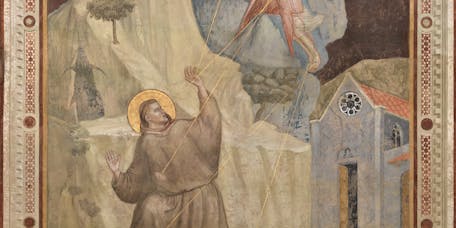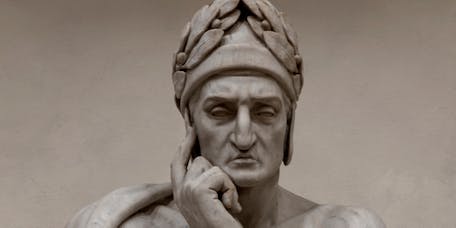
Santa Croce's masterpieces
Santa Croce has always played a major role in the religious and civic life of Florence, and over the centuries this importance has drawn artists and patrons driven by religious devotion and civic pride who have made Santa Croce a truly unique hub of faith and art.
The monumental complex today, covering an area of some 12,000m2, comprises several different areas: the basilica proper, the sacristy. the Novitiate with the Medici Chapel, three cloisters, the Pazzi Chapel, the Cenacolo or former refectory and the undercroft. In addition to these areas, it also houses the convent where the Franciscan friars live, the historical archive and some of the offices of the Opera di Santa Croce.
A living heritage
Santa Croce is home to almost 4,000 works of art ranging from the 13th to the 20th centuries, a living heritage if we consider that in most cases the works are still in the original setting for which they were designed and still perform the function for which they were created.
The high altar, for instance, is surrounded by Agnolo Gaddi's frescoes illustrating the Legend of the True Cross, a choice dictated by the church's dedication. The Cross plays a central role in the Christian religion because it symbolises the crucifixion of Christ, the sacrifice that brought salvation to mankind and that lies at the heart of the mass still celebrated on the altar today.
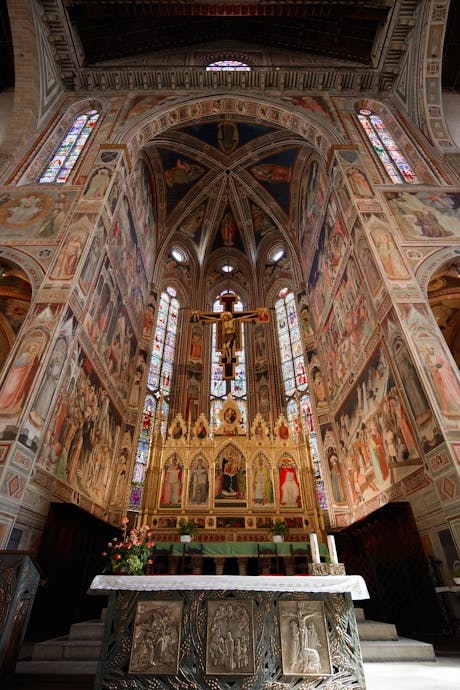
Chancel. Basilica of Santa Croce
Giotto and the "new" painting of the 14th century
The concept of salvation also inspired the original iconographical programme for the frescoes in the transept, painted by Giotto and his followers in a perfect synthesis of 14th century Florentine art with its innovations of both style and content. In Santa Croce we can observe that change if we compare Giotto's work (the frescoes in the Bardi and Peruzzi Chapels and the Baroncelli Polyptych) with two masterpieces from earlier generations, the Bardi Altarpiece attributed to Coppo di Marcovaldo and Cimabue's Crucifix.
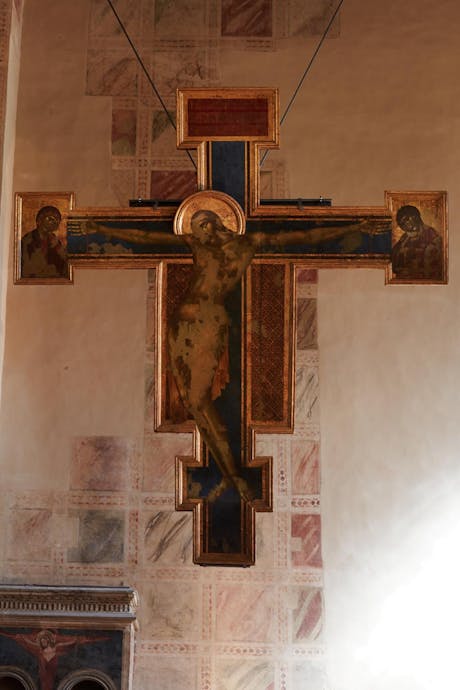
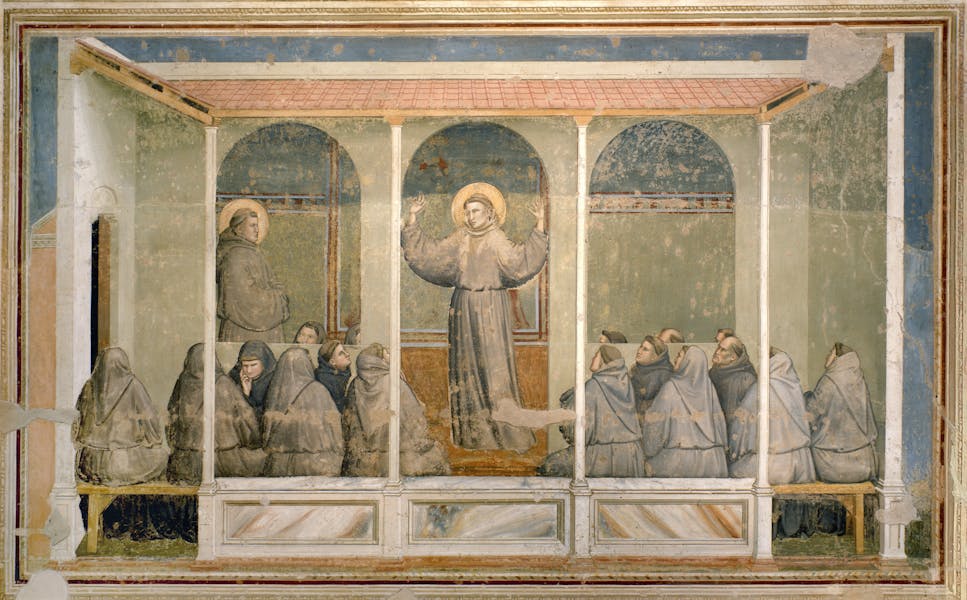
The Renaissance masters
The numerous works of the period housed in the Santa Croce complex include those of two immense artists, Filippo Brunelleschi and Donatello, who were two of the fathers of the Renaissance. The Pazzi Chapel, designed by Brunelleschi, allows us to immerse ourselves in a pure Renaissance space that has undergone no significant changes, almost like a time machine casting the visitor back 600 years into the past.
Donatello is represented by three works from different periods in his artistic career, revealing his rare versatility in handling different materials: a painted wooden Crucifix, a statue of St. Louis of Toulouse in gilded bronze, silver, enamels and rock crystals and a relief of the Annunciation in pietra serena stone and terracotta.
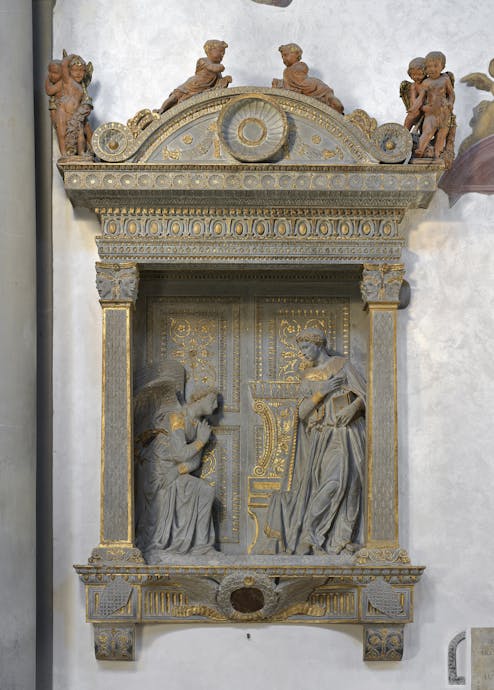
The tombs of the great and good
The Renaissance was a period that exalted man's ability to forge his own destiny and it was the moment when Santa Crcoe, an important focal point for the community, witnessed the erection of the monumental tombs of two Chancellors of the Republic, Leonardo Bruni and Carlo Marsuppini, in celebration of their civic virtues, extolling them as models of inspiration for every Florentine.
This ideal also influenced the later monumental tombs of Michelangelo, Machiavelli, Galileo, Alfieri, Foscolo and Rossini and the monuments to Alberti, Dante and Florence Nightingale (to mention only a few). Santa Croce is thus a "lieu de mémoire" that transcends purely local interest because these figures can be a source of inspiration for anyone and everyone. As Ralph Waldo Emerson wrote: “When I walk in Piazza Santa Croce, I feel as though it isn't a Florentine or a European church but a church built by and for the human race as a whole".
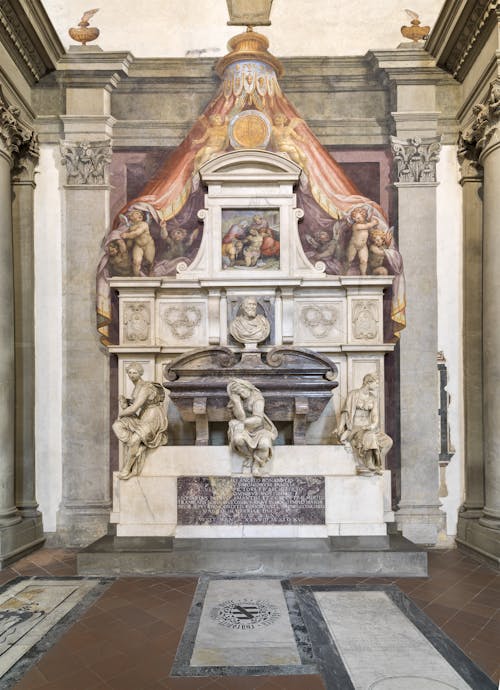
Eight centuries of art
Santa Croce has always been an integral part of religious and civic life in Florence and thus it has constantly adapted to the changes wrought in the liturgical and artistic fields. It is impossible to mention all the masterpieces that have embellished the complex over the years, but two centuries in particular, the 16th and the 19th, have modified the church's aspect. The 16th century has left us Salviati's Deposition and Bronzino's Descent into Limbo with their moiré palettes so characteristic of the latter part of the century.
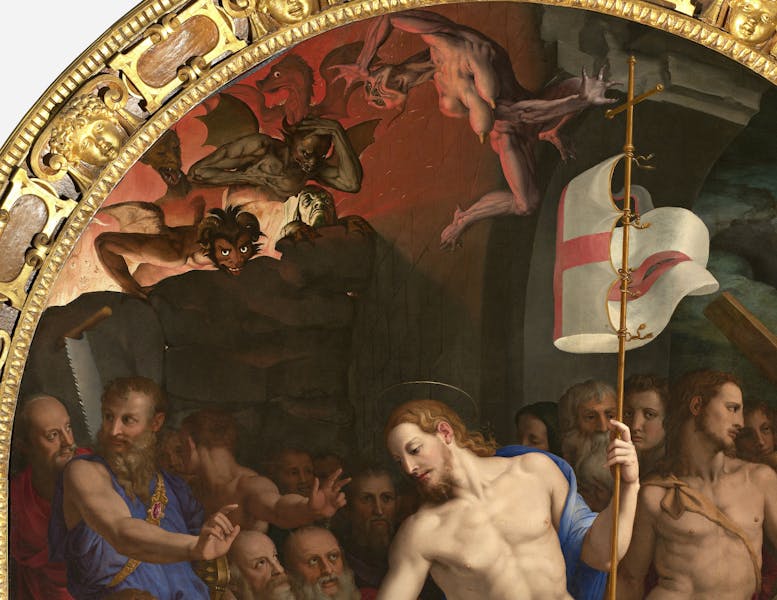
The 19th century, on the other hand, saw the erection in the church of the Monumental tomb of Vittorio Alfieri by Antonio Canova, one of the most iconic artists of the Neoclassical movement, and the Monumental tomb of Giovan Battista Niccolini for which Pio Fedi carved the Freedom of Poetry, the statue that may well have inspired the Statue of Liberty in New York.
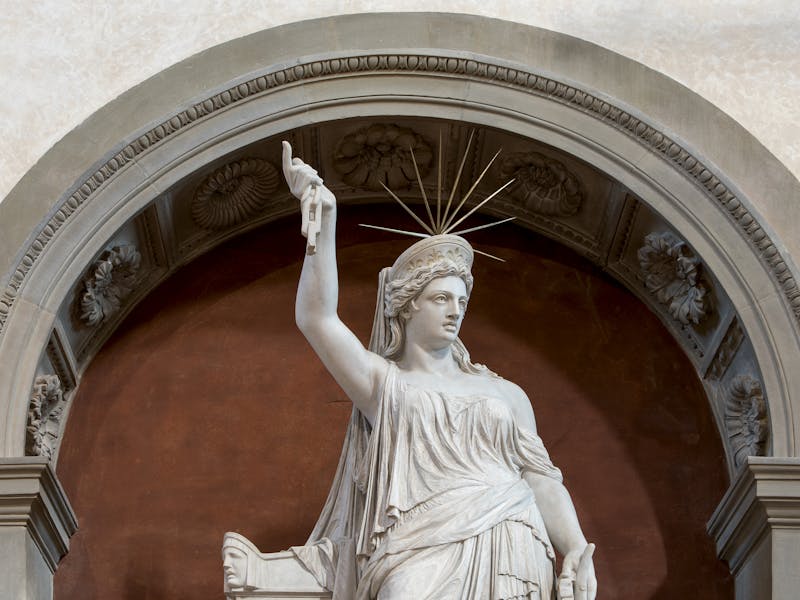
Santa Croce's centuries-old history allows us to see the changes in the way a subject has been depicted over time. In the Cenacolo, for instance, we can compare Taddeo Gaddi's Last Supper, painted c. 1350, with the Last Supper that Giorgio Vasari painted almost 200 years later.
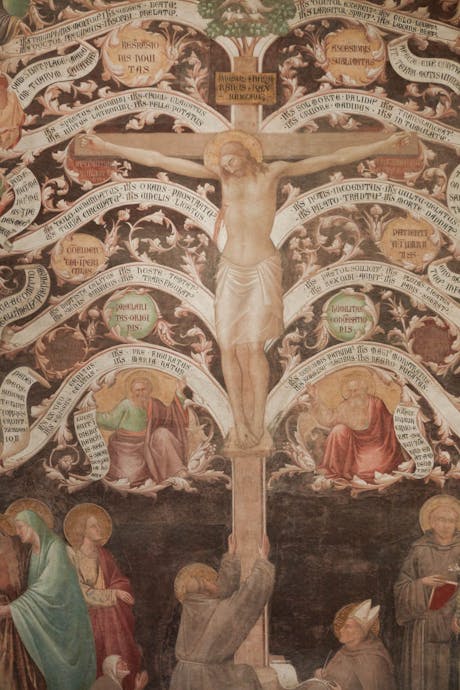
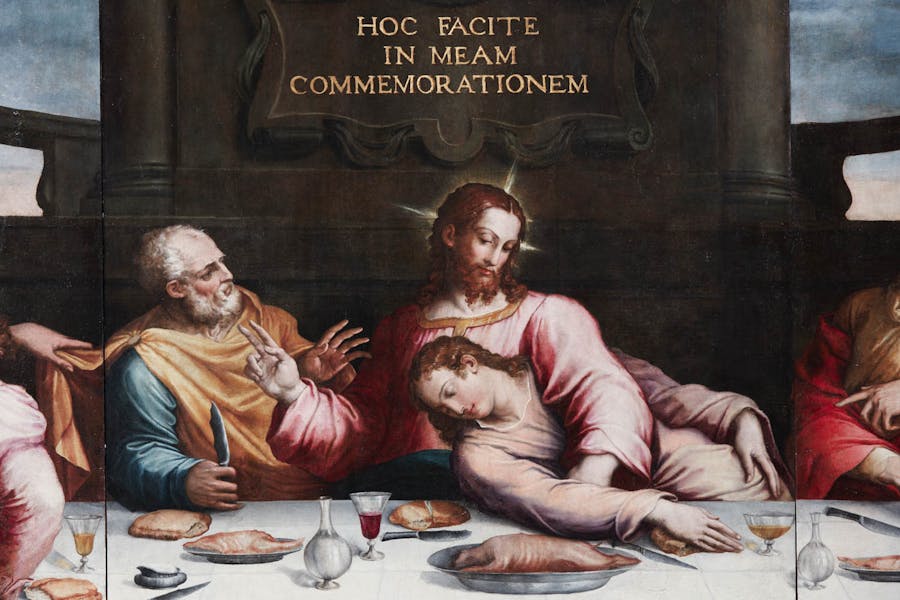
Another fascinating path to explore is that of the figure of St. Francis, the founder of the order that has been associated with Santa Croce from the outset, where we can see how the image of the saint and the choice of episodes from his life changed in the space of only a few decades.
Santa Croce: a story for everyone
Visiting Santa Croce means full immersion in 800 years of a story that began in Florence and now draws visitors for all over the world.
Discover all of Donatello's works in Santa Croce
Discover the tombs of the great and good in the themed tour on "Tombs and memorials"
